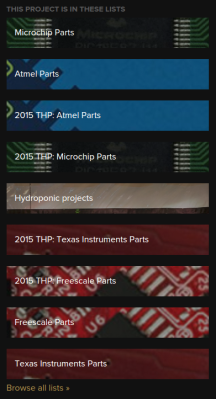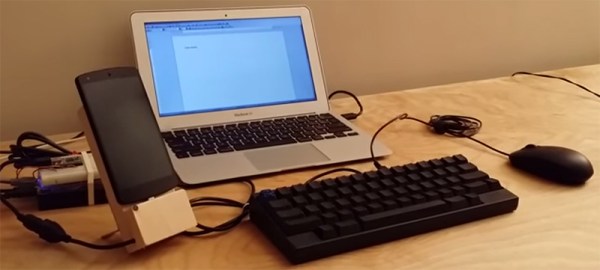One of the greatest uses we’ve seen for 3D printing is prosthetics; even today, a professionally made prosthetic would cost thousands and thousands of dollars. For his entry to the Hackaday Prize, [Martin] is building a low-cost 3D printed hand that works just like a natural hand, but with motors instead of muscles and tendons.
There are a lot of 3D printed finger mechanisms around that use string and wires to move a finger around. This has its advantages: it’s extremely similar to the arrangement of tendons in a normal hand, but [Martin] wanted to see if there was a better way. He’s using a four-bar linkage instead of strings, and is driving each finger with a threaded rod and servo motor. It’s relatively strong; just the motor and drive screw system was able to lift 1kg, and this mechanical arrangement has the added bonus of using the servo’s potentiometer to provide feedback of the position of the finger to the drive electronics.
This is far from the only prosthetic hand project in the running for The Hackaday Prize. [OpenBionics] is working on a very novel mechanism to emulate the function of the human hand in their project, and [Amadon Faul] is going all out and casting metacarpals and phalanges out of aluminum in his NeoLimb project. They’re all amazing projects, and they’re all making great use of 3D printing technology, and by no means are there too many prosthetic projects entered in The Hackaday Prize.









 The
The 














